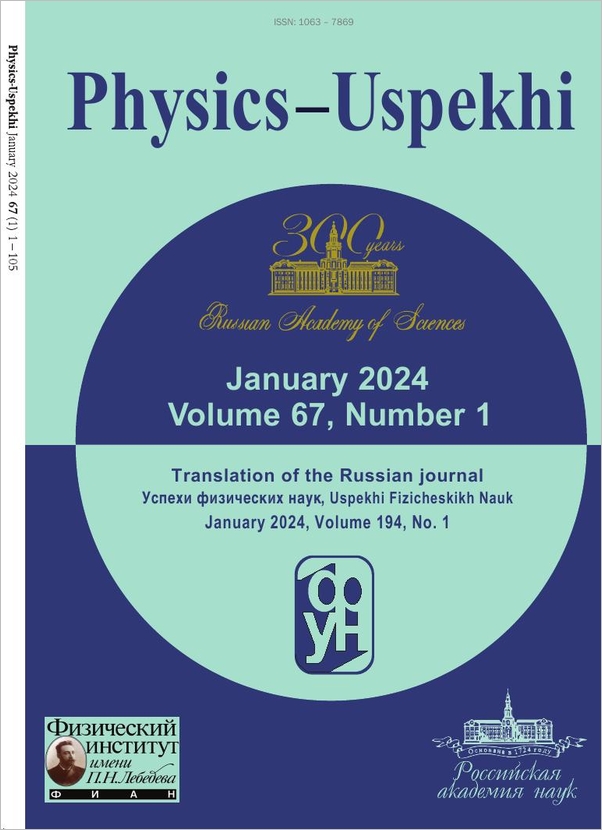|
This article is cited in 56 scientific papers (total in 57 papers)
PHYSICS OF OUR DAYS
Inflationary universe and the vacuumlike state of physical medium
E. B. Gliner
Abstract:
This paper reviews two cosmologies which assume that the observable universe was initially vacuumlike (i.e., the cosmological medium was Lorentz invariant). In the earlier nonsingular Friedmann cosmology, the Friedmann universe comes into being during the phase transition of an initial vacuumlike state to the state of 'ordinary' matter. In the course of this transition, the emerging matter is accelerated, which causes the universe to expand and attain the Friedmann expansion regime. In the inflationary cosmology, the transition to the Friedmann universe is preceded by an epoch of inflation in which the universe grows spontaneously by many tens of orders of magnitude without or almost without changes in its composition and density. The idea of inflation gives rise to a variety of scenarios involving a cosmological singularity, or the birth of one universe within another, or the world-as-a-whole as an infinite set of universes, etc. The present paper provides arguments against the inflation idea. On dismissing it, both cosmologies are essentially identical from the viewpoint of their application to the observable universe.
Received: September 12, 2001
Citation:
E. B. Gliner, “Inflationary universe and the vacuumlike state of physical medium”, UFN, 172:2 (2002), 221–228; Phys. Usp., 45:2 (2002), 213–220
Linking options:
https://www.mathnet.ru/eng/ufn1984 https://www.mathnet.ru/eng/ufn/v172/i2/p221
|


| Statistics & downloads: |
| Abstract page: | 473 | | Full-text PDF : | 211 | | References: | 58 | | First page: | 1 |
|





 Contact us:
Contact us: Terms of Use
Terms of Use
 Registration to the website
Registration to the website Logotypes
Logotypes









